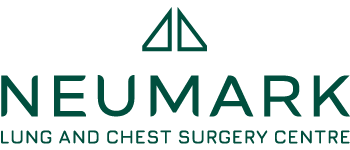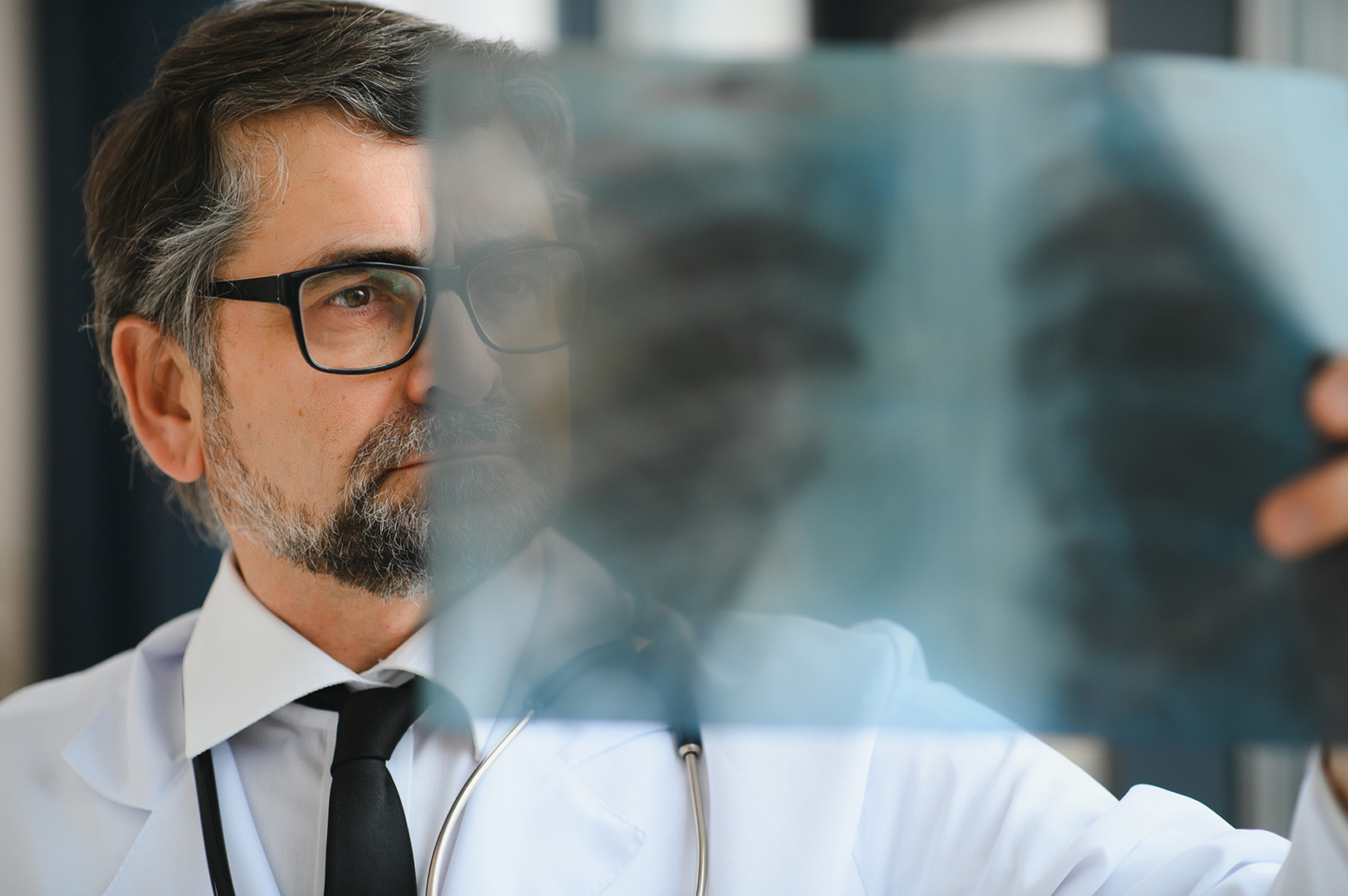When your specialist recommends a wedge resection for your lung, you may rightly have many questions. Lung wedge resection is a common procedure in general thoracic surgery and requires specialised expertise for optimal results. It is one of the most refined procedures, offering patients a minimally invasive solution for many lung conditions while preserving as much lung function as possible. It’s important to understand the surgery so you can make informed decisions about your care.
What Is Lung Wedge Resection?
Lung wedge resection has revolutionised the treatment of many lung conditions, from early-stage lung cancer to benign nodules, offering patients a less invasive alternative to open surgery. It is a precise surgical procedure that involves removing a small piece of lung tissue, typically targeting an abnormal area of the lung while preserving the healthy surrounding tissue.
A wedge resection of the lung derives its name from the triangular shape of the tissue removed, similar to a wedge cut from the lung periphery. Unlike more extensive procedures, lung wedge resection allows surgeons to address localised problems without compromising a significant amount of healthy lung tissue, making it very useful for patients with limited lung reserve, or those who need to preserve optimal lung function.
Lung wedge resection procedures primarily utilise video-assisted thoracic surgery (VATS), a minimally invasive technique that has significantly improved patient outcomes. Through small incisions of 1-2 cm, surgeons insert a tiny camera and specialised instruments, providing excellent visualisation while minimising surgical trauma. This reduces post-operative discomfort, shortens hospital stays, and accelerates recovery compared to an open thoracotomy.

Conditions Treated with Wedge Resection
The versatility of lung wedge resection makes it suitable for a wide range of lung conditions.
- Early-stage lung cancer is one of the most common reasons for a lung wedge resection, especially for small peripheral tumours of less than 3 cm. When lung cancer is found early, wedge resection is more likely to be effective and less invasive. For patients with compromised lung function or those who are not suitable for more extensive surgery, wedge resection is an oncologically sound alternative that preserves breathing capacity.
- Metastatic tumours from other primary cancers often require wedge resection, especially when pulmonary metastases are few and small. The procedure enables the complete removal of secondary deposits while preserving sufficient lung tissue to maintain adequate respiratory function. This is very useful for patients with colorectal, breast or kidney cancers that have spread to the lungs.
- Bullous disease of the lung is characterised by large air-filled spaces within lung tissue and often requires surgery when conservative management fails. Wedge resection removes the problematic bullae, reducing the risk of spontaneous pneumothorax while improving overall lung mechanics and breathing efficiency.
- Lung nodules or lesions of uncertain significance typically require tissue sampling for accurate diagnosis. A VATS wedge resection lung biopsy approach allows surgeons to get adequate tissue samples while treating the lesion if malignancy is confirmed during frozen section analysis.
- Recurrent pneumothorax, especially when caused by blebs or bullae, is another indication of requiring wedge resection for lung pneumothorax. By removing the offending tissue and performing pleurodesis, surgeons can reduce the risk of future pneumothorax episodes, thereby giving patients greater confidence in their daily activities.
- Tuberculosis, though less common in developed countries, requires surgery when medical therapy fails or complications arise. Wedge resection can address localised tuberculous lesions, cavitary disease or areas of destroyed lung tissue that pose ongoing infection risks.

Early Detection in Cases of Lung Cancer
Early detection is key to the successful treatment of lung cancer, especially for wedge resection. When lung cancer is detected early, the disease is often confined to a small area and can be removed with a limited resection while preserving healthy lung tissue. This reduces the risk of complications and allows for less invasive lung surgery, which is very beneficial for patients with other health issues.
Regular imaging studies, such as CT scans, are essential for detecting lung nodules or other abnormalities before symptoms develop. By detecting cancer or suspicious lesions early, patients can receive prompt intervention, lower surgical risk, and achieve better long-term outcomes.
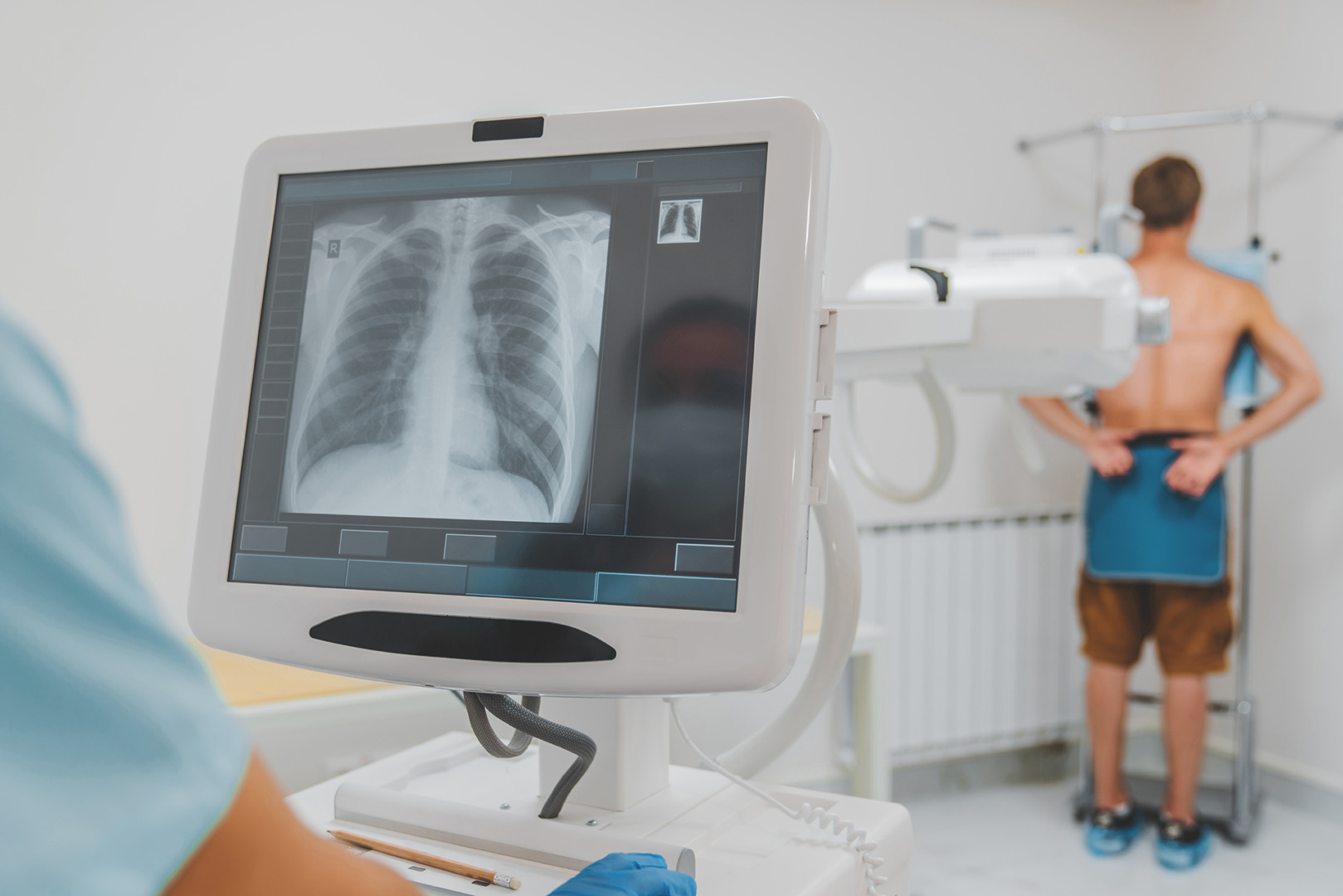
Types of Wedge Resection
Wedge resections can be performed using several different surgical techniques, each tailored to specific patients and their respective conditions. The traditional open wedge resection involves a larger incision and direct access to the lung, suitable for complex cases or larger tumours. However, advances in thoracic surgery have led to less invasive options.
Video-assisted thoracoscopic surgery (VATS) wedge resection is a minimally invasive procedure that uses a small camera and specialised instruments inserted through smaller incisions. This allows the surgeon to remove the tumour more precisely, with less pain, less scarring and quicker recovery. Robotic-Assisted Thoracoscopic Surgery (RATS) wedge resection is another new technique that provides the surgeon with more dexterity and control, enabling even more precise tumour removal. The choice of procedure depends on the tumour size, location and the patient’s overall health.
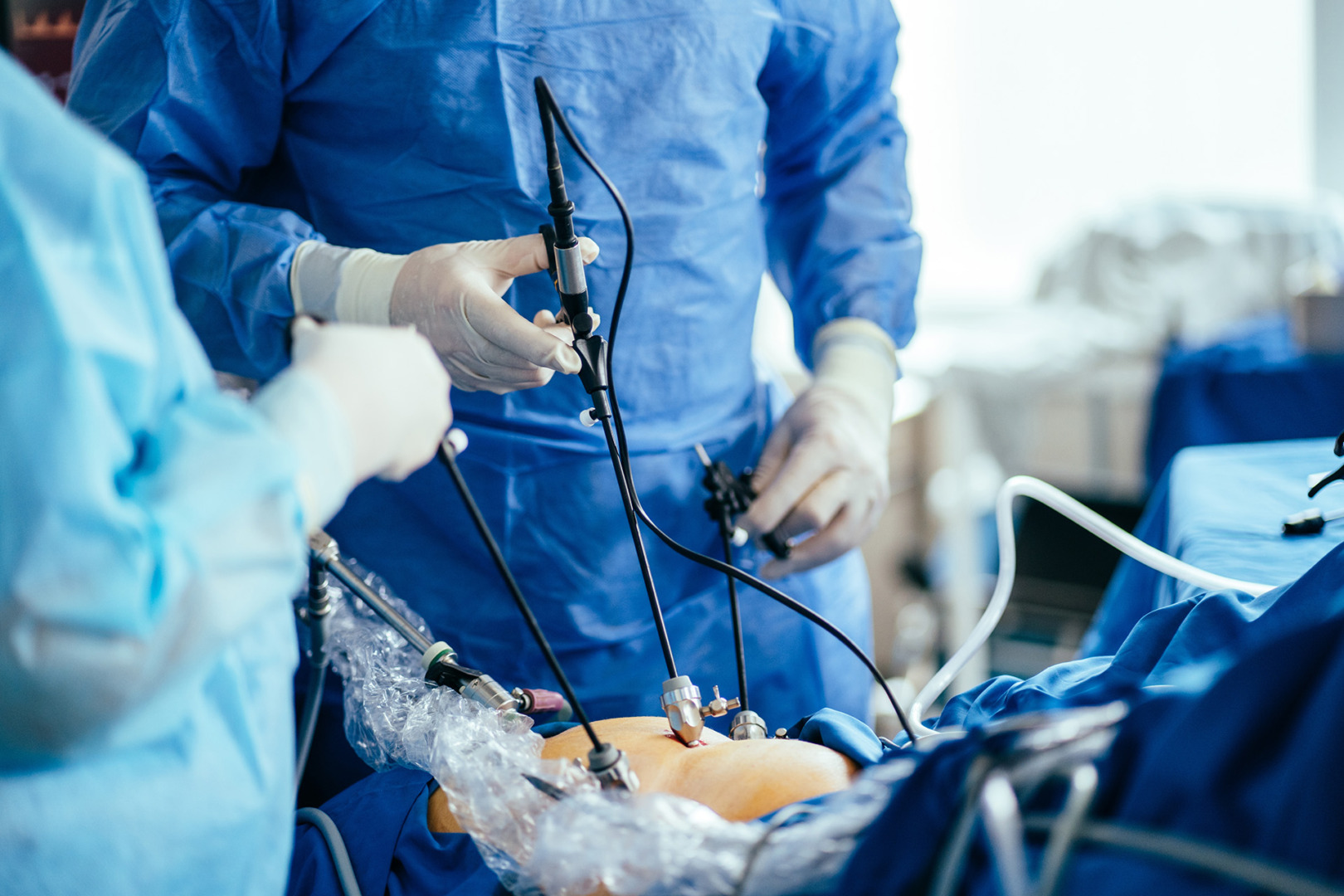
Lung Function Preservation
Lung function preservation is a top priority in the surgical treatment of lung cancer, especially for patients with pre-existing lung disease or limited respiratory reserve. Wedge resection and other limited resection techniques are designed to help preserve lung function by removing only the affected lung tissue, thereby sparing as much healthy lung tissue as possible. This targeted approach helps maintain optimal lung function and reduces the risk of complications, such as respiratory failure.
Compared to more extensive surgeries like lobectomy or pneumonectomy, limited resection techniques have a better quality of life and lower risk of long-term breathing difficulties. By focusing on lung function preservation, surgeons can help patients get the best outcome with minimal impact on their daily lives.

The Lung Wedge Resection Procedure
The pulmonary wedge resection procedure starts with general anaesthesia and patient positioning. Surgeons make small incisions strategically placed to get optimal access to the target area with minimal cosmetic impact. A thoracoscope, a miniature camera, is inserted through one port and provides high-definition visualisation of the surgical field.
Specialised instruments, including staplers designed for lung tissue, are introduced through additional ports. The surgeon identifies the target lesion, assesses the surrounding tissue and determines the optimal resection margins. Achieving an adequate surgical margin and maintaining margin distance is crucial in reducing recurrence, especially for deep lung lesions. Using advanced stapling devices, the wedge-shaped portion of lung tissue is carefully removed, ensuring complete excision while preserving enough healthy tissue.
Throughout the procedure, attention is paid to maintaining lung expansion and preventing air leaks. The resected specimen is placed in a protective bag and removed through one of the small incisions, usually requiring minimal enlargement. Before closure, the surgeon inspects the entire area to ensure haemostasis and proper lung re-expansion.
A temporary chest drain is usually placed to monitor for air leaks and remove any residual fluid or air from the pleural space. This drainage system plays a crucial role in preventing complications and ensuring optimal recovery outcomes.
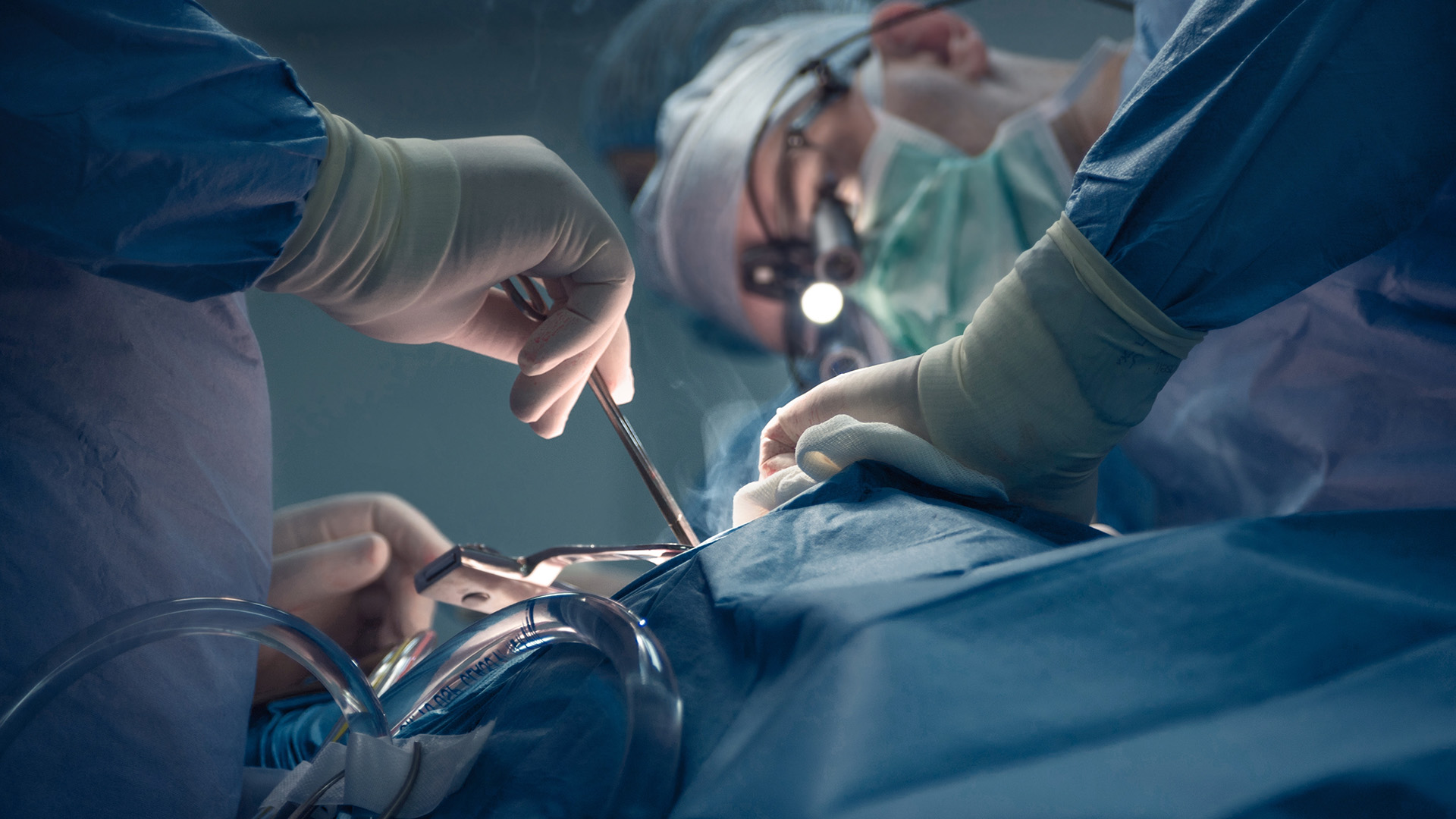
Lung Wedge Resection vs Lobectomy
The decision between choosing a lung wedge resection vs lobectomy depends on many factors, including tumour size, location, patient fitness and oncological considerations. Lobectomy, removing the entire lobe or whole lobe of the lung, is often used when anatomically possible and patient fitness permits. However, wedge resection has its advantages in certain situations.
For small peripheral tumours in patients with limited pulmonary reserve, wedge resection provides local control while maintaining maximum lung function. The procedure is less invasive, resulting in shorter operative time, less perioperative morbidity, and faster recovery. It’s important to note that wedge resection may have a slightly higher local recurrence rate compared to lobectomy for malignant conditions.
Patient factors significantly influence the decision-making process for surgery. Elderly patients, patients with significant comorbidities or those with compromised lung function, and exceptionally high-risk patients often benefit from the reduced physiological stress of wedge resection.
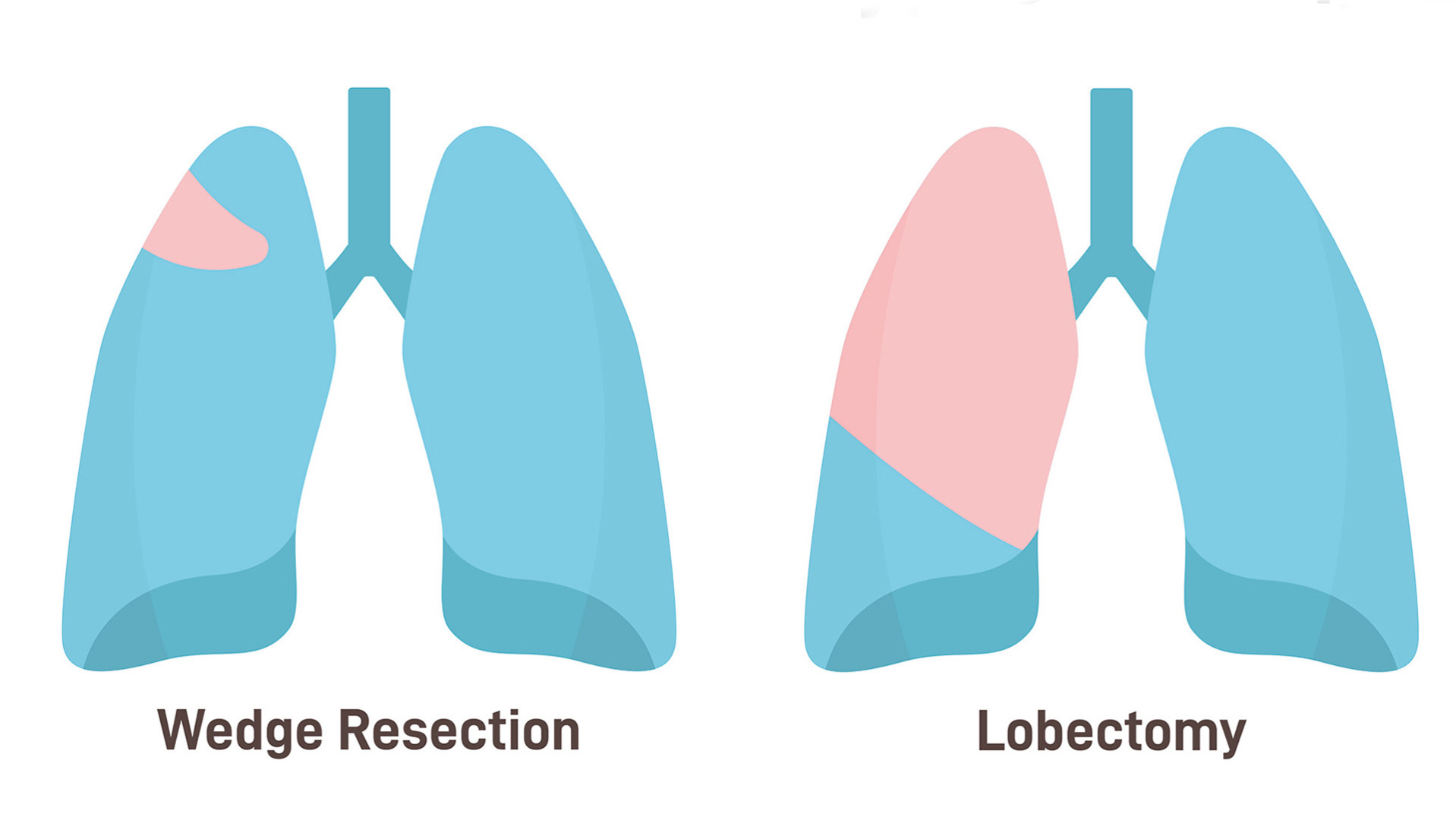
Recovery and Post-Operative Care
After lung wedge resection surgery, patients are closely monitored as they wake up from anaesthesia and start the initial phase of post-operative care.
Lung wedge resection recovery is smoother compared to extensive lung surgery. Most patients experience initial discomfort around the incision sites, but pain is generally manageable with medication. Early mobilisation, usually within hours of surgery, helps prevent complications and promotes faster healing.
The chest drain, which is important for post-operative monitoring, typically remains in place for 1-3 days, depending on the resolution of the air leak and the amount of fluid output. Patients are encouraged to engage in breathing exercises and gentle physical activity to maintain lung expansion and prevent complications such as pneumonia or blood clots.
A hospital stay after a wedge resection is usually 2-5 days, which is shorter than after open surgery. Pain after a lung wedge resection can be well-controlled with oral medication, and most patients can return to normal activities within 2-3 weeks. A full recovery may take several months.
Follow-up care includes regular chest X-rays to monitor lung re-expansion and healing. Close monitoring of wound healing is essential to ensure proper recovery and prevent infection. Patients are advised to report any concerning symptoms, such as increasing breathlessness, chest pain or signs of infection, to their surgical team promptly.
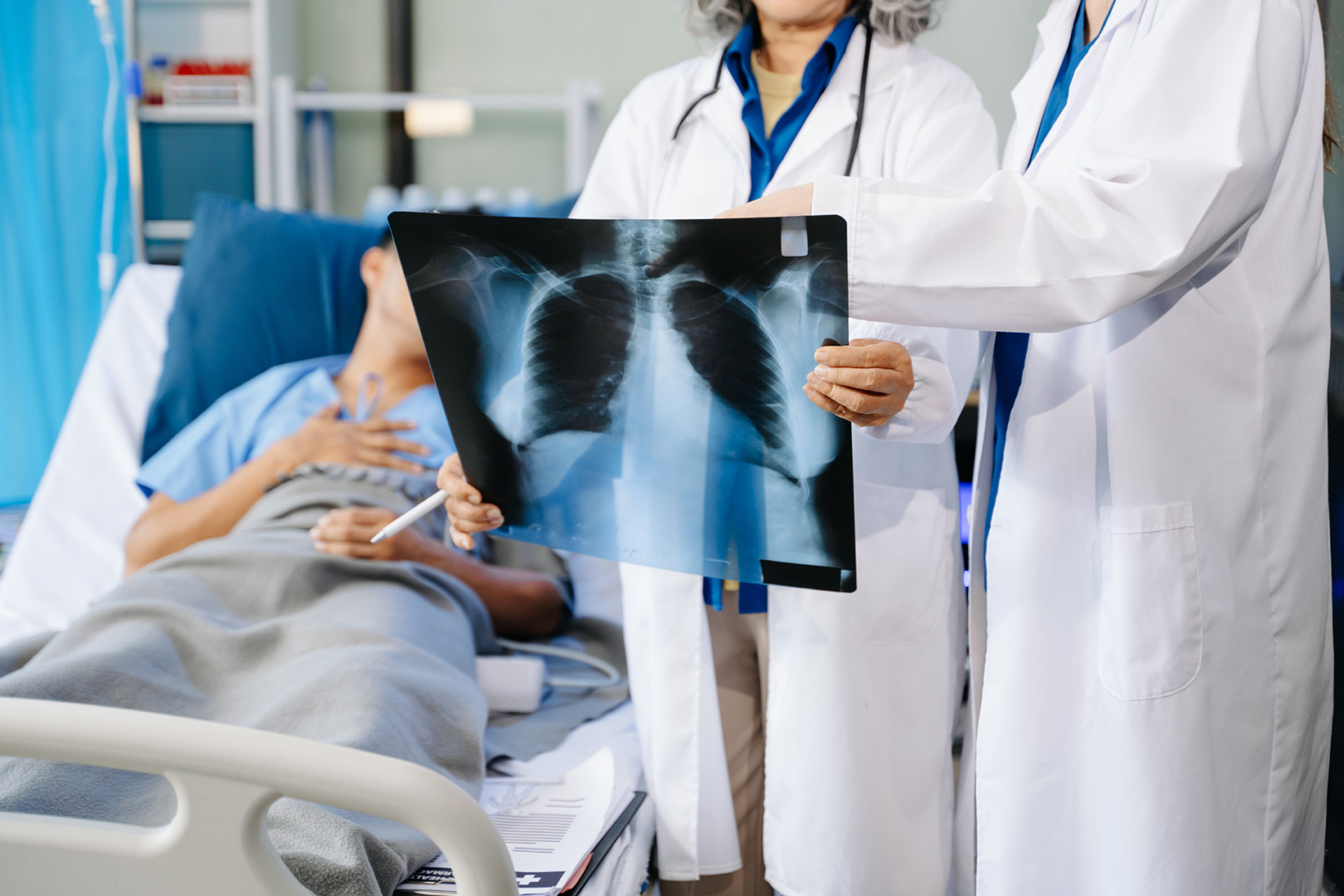
Complications and Risk Management
Lung wedge resection complications include air leaks, bleeding and infection. While lung wedge resection is generally safe, understanding lung wedge resection complications helps patients make informed decisions and recognise warning signs. Air leaks are the most common complication when the staple line doesn’t seal completely. Most air leaks resolve on their own within a day, but persistent leaks may require additional intervention.
Bleeding, though rare, can occur and may require blood transfusion or, rarely, a return to the surgical theatre. The risk of infection is minimised with proper surgical technique and antibiotic prophylaxis. Pneumonia is a concern, especially in elderly patients or those with pre-existing lung disease, so early mobilisation and breathing exercises are essential.
Long-term lung wedge resection complications are rare but may include chronic pain, reduced lung function or, in cancer cases, local recurrence. Regular follow-up appointments allow early detection and management of any issues that may arise.
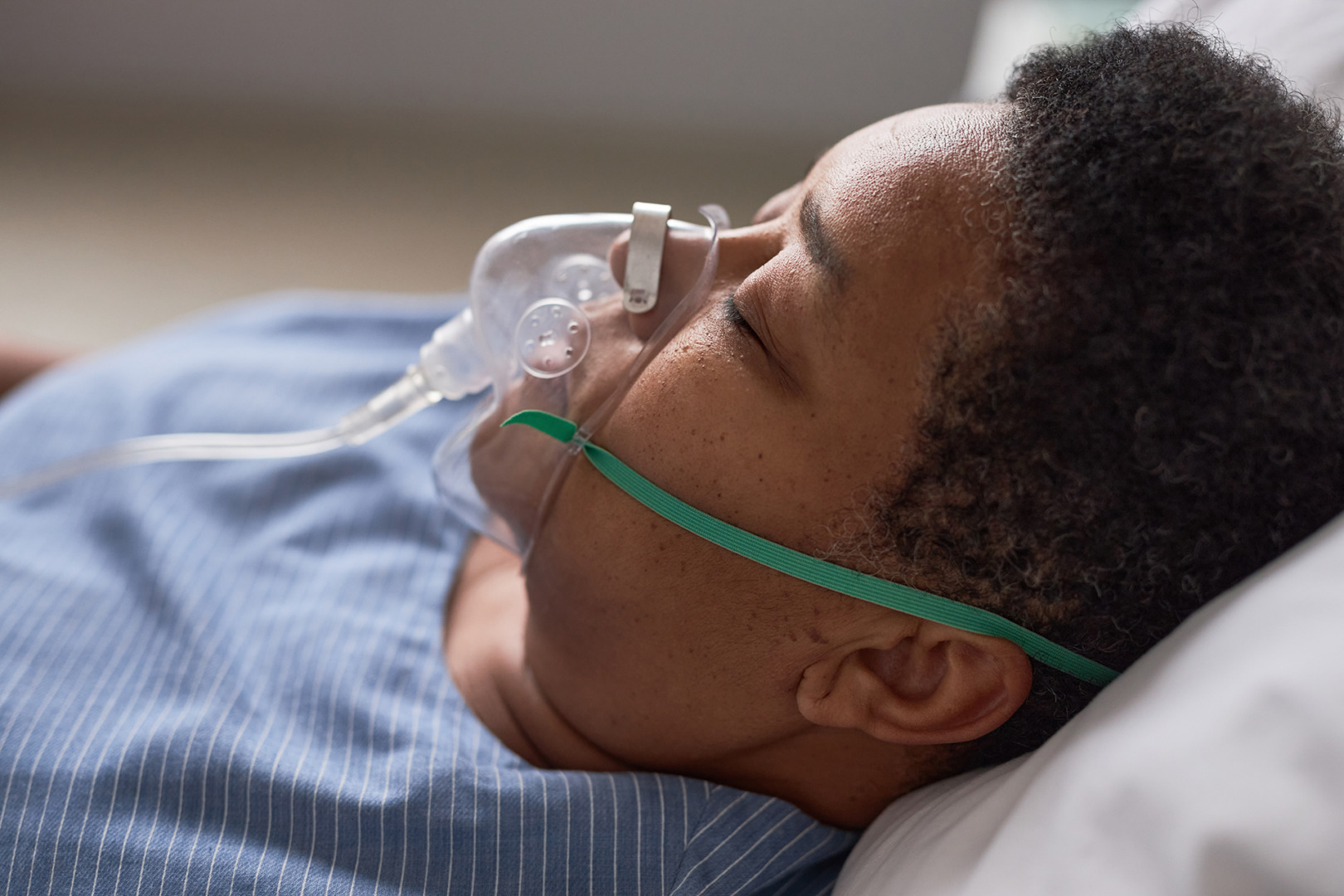
Surgical Outcomes and Long-Term Prognosis
The mortality rate of lung wedge resection is very low, at less than 2% in experienced centres, such as the Neumark Lung & Chest Surgery Centre. Success rates vary depending on the condition, patient factors and surgical expertise. For early-stage lung cancer, the 5-year survival rate after wedge resection is encouraging, especially when combined with adjuvant therapy when necessary. In some cases, especially with lymph node involvement or more advanced disease, chemotherapy may also be recommended as part of the treatment plan.
Patient satisfaction with the outcome of wedge resection is generally high. Most patients experience an improved quality of life and a resolution of symptoms. The procedure’s ability to preserve lung function while treating the disease makes it valuable for patients who need maximum respiratory capacity for their lifestyle or occupation.
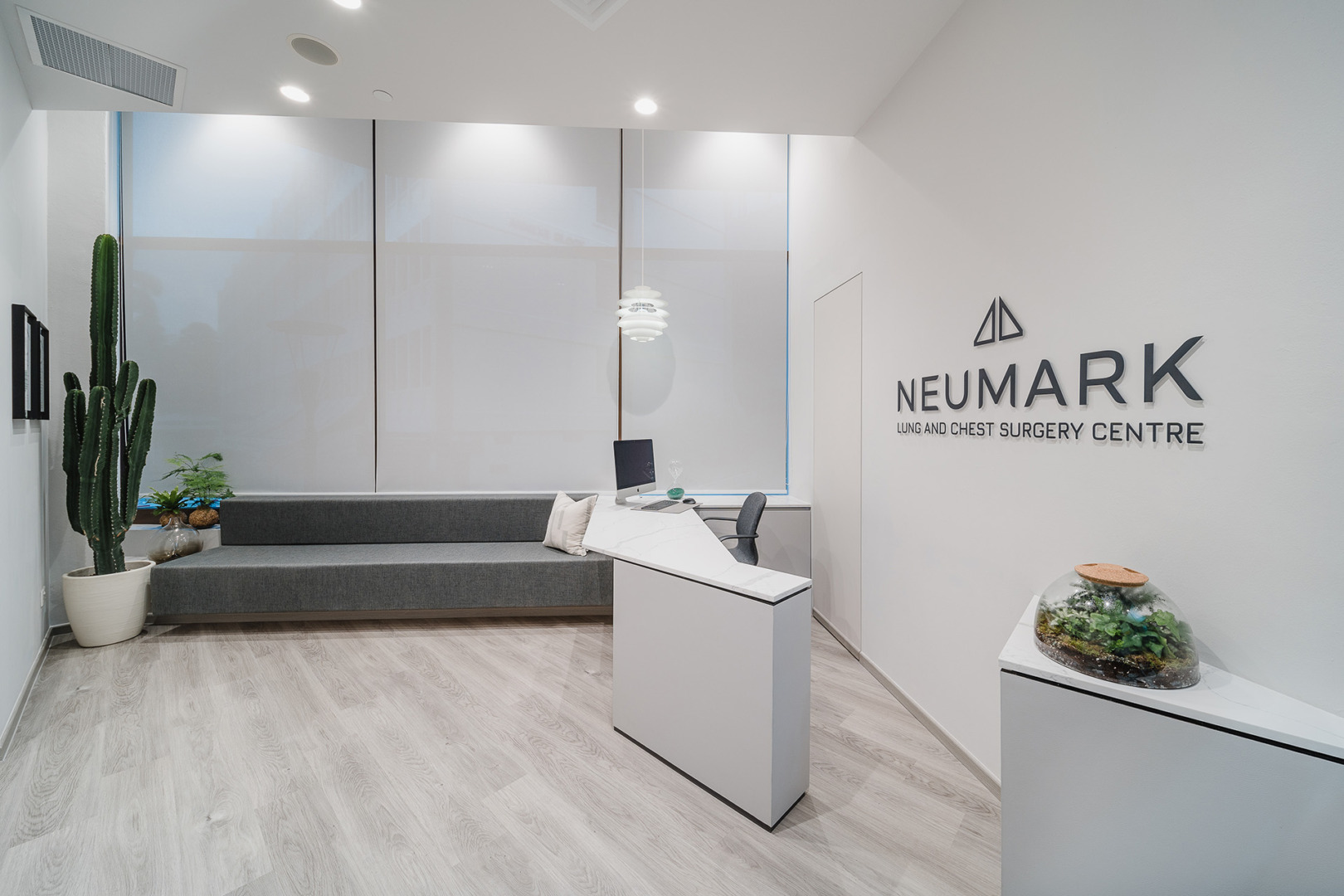
Making The Right Decision for You
Choosing the proper treatment approach requires considering multiple factors. Patient age, overall health, lung function and personal preference all play a role. The location and size of the lesion, as well as the suspected or confirmed diagnosis and future treatment options, also matter.
Consulting with an experienced thoracic surgeon can be invaluable for your condition, as they can offer the latest techniques and the most appropriate treatment. A second opinion is valuable, especially for complex cases or when multiple treatment options are available.
At Neumark Lung & Chest Surgery Centre, our team of thoracic surgeons specialises in minimally invasive lung surgery, including advanced lung wedge resection techniques. We know that facing lung surgery can be overwhelming, and we’re committed to providing comprehensive information, compassionate care and excellent surgical outcomes. Contact Neumark today to take the first step to optimal lung health and peace of mind.
